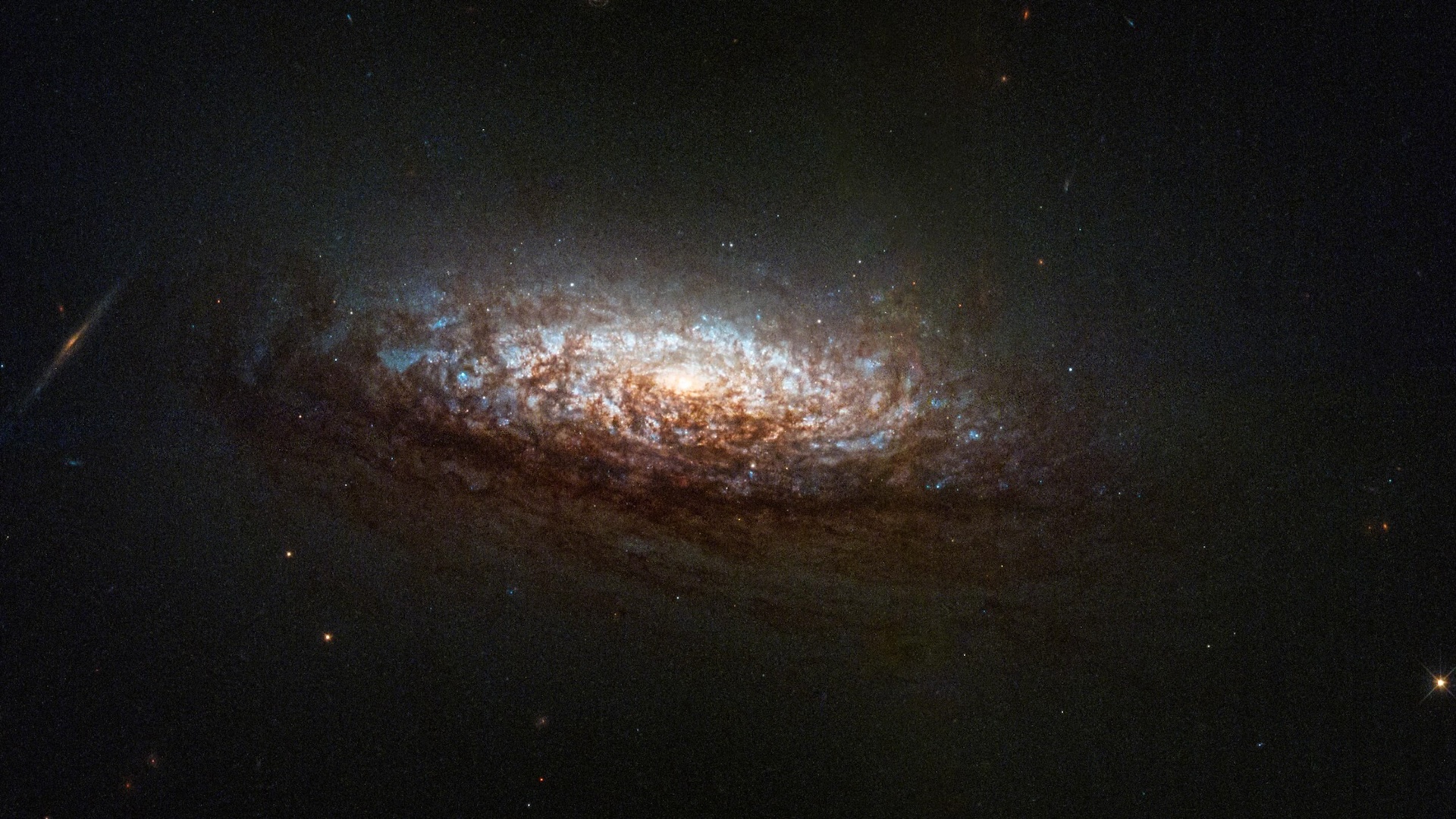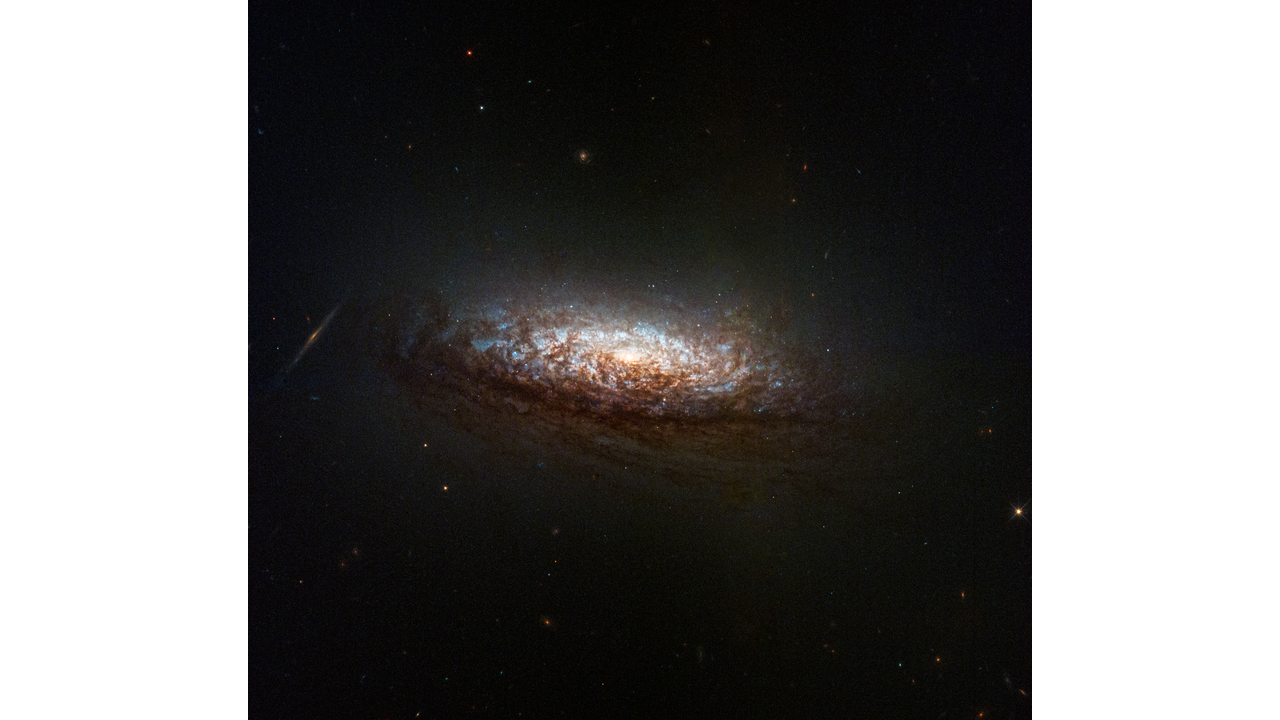
What it is: NGC 1546, a spiral galaxy
Where it is: 50 million light-years away, in the Southern Hemisphere constellation Dorado
When it was shared: June 18, 2024
Why it's so special: This is the first image from the Hubble Space Telescope in its new pointing mode. The iconic observatory's science operations were suspended in late May after technical issues with one of its gyroscopes — devices that contain spinning wheels to help the telescope manage its movement. This component accurately points the telescope and measures the speed at which an object turns, according to the Hubble website. By June 14, engineers had decided to allow the aging space telescope to operate using just one gyroscope.
It's not a perfect solution. Hubble needs three gyroscopes to operate properly, and using one limits what it can point at — but this early evidence shows that the telescope can still get exquisite images.
Now, this image of the galaxy NGC 1546 is the first fruit of Hubble's new operating mode, although it used some data from the James Webb Space Telescope and the Atacama Large Millimeter/submillimeter Array in Chile to fill in certain details.
Related: Space photo of the week: NASA sees a 'Platypus' move on Jupiter's moon Europa

The resulting multiwavelength image of NGC 1546 shows its bright core, dust lanes and regions where stars are born. From Hubble's point of view, the dust lanes are backlit by the galaxy's bright core, which gives them a rusty-brown look. The core is yellowish, which suggests that older stars dominate it. The bluish light visible within the dust are regions of young stars being born.
The image, about 39,000 light-years across, also features background galaxies, including an edge-on spiral galaxy on the left side of NGC 1546. The photo was taken using Hubble's Wide Field Camera 3.
Hubble's six gyroscopes were replaced in 2009 by astronauts visiting on a space shuttle. Each gyroscope contains a wheel spinning at 19,200 revolutions per minute. According to NASA, Hubble now has just two working gyroscopes remaining — one is in use, and one is in reserve. The space agency says this will allow Hubble to continue making observations for many more years.







